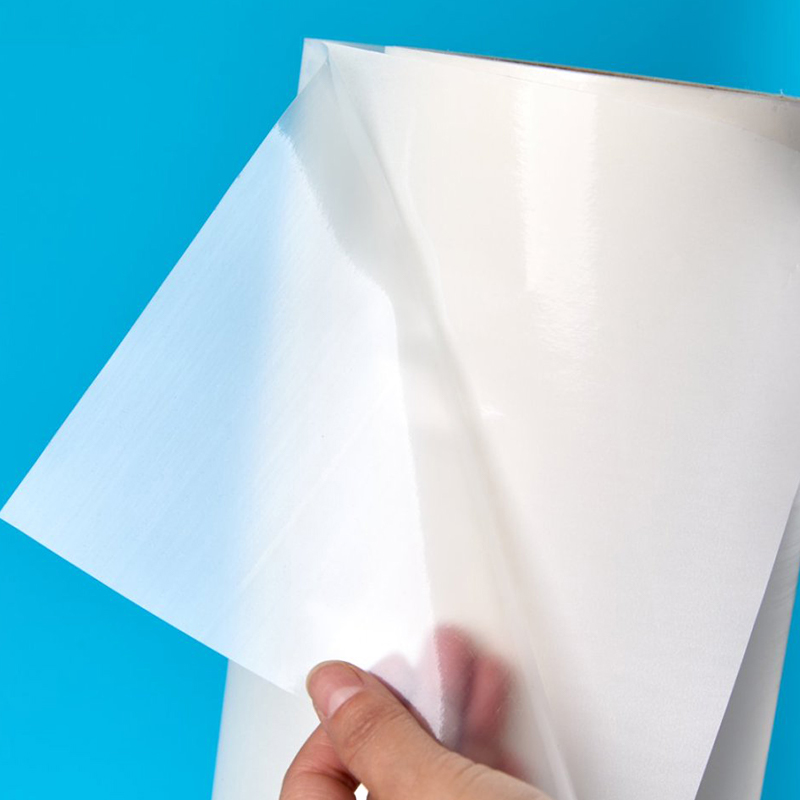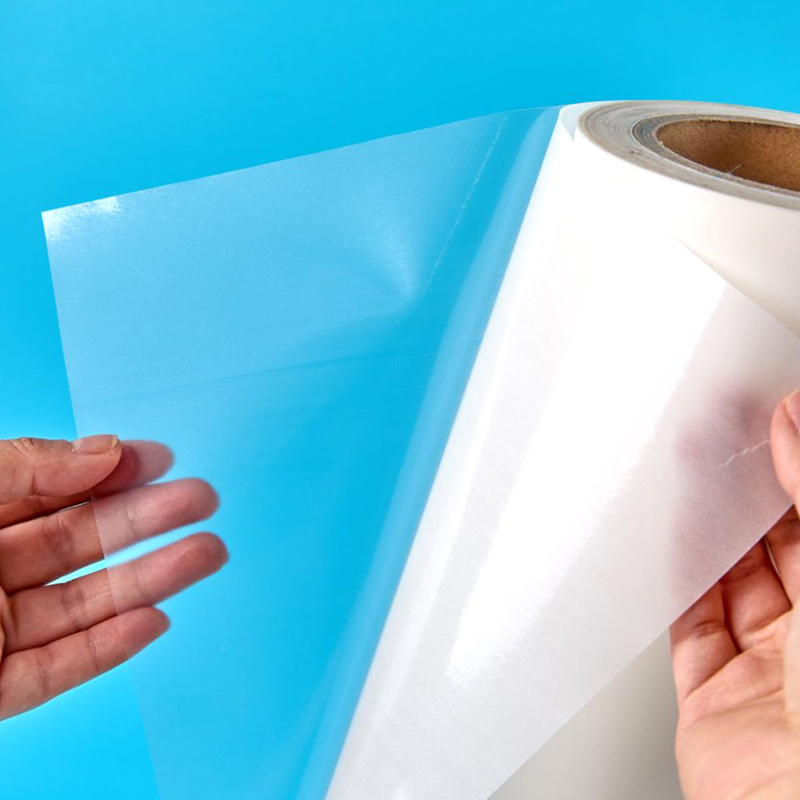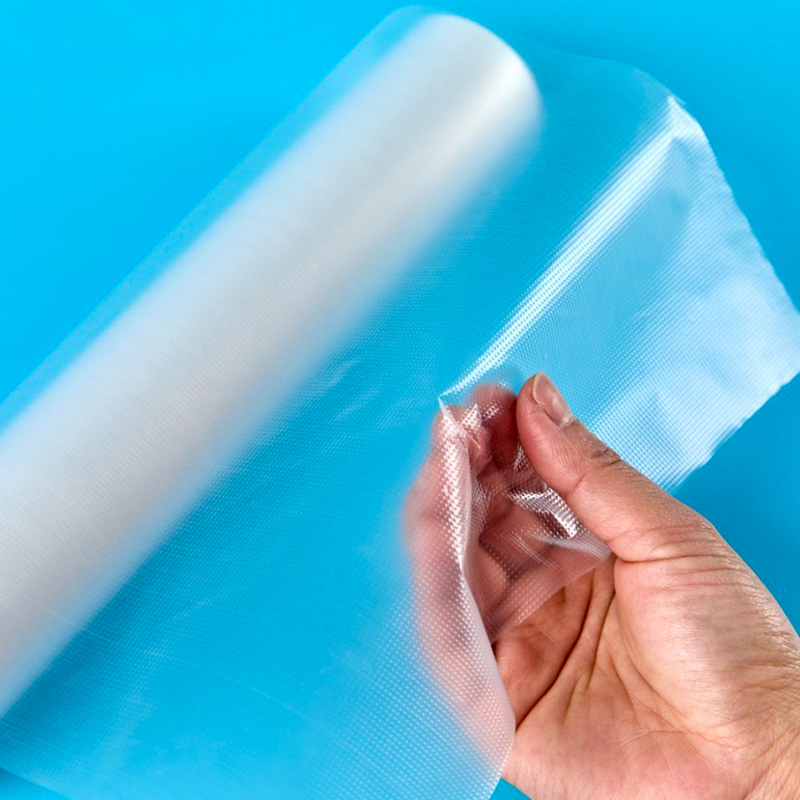Understanding Garment Water-Soluble Interlining
In the intricate world of textile manufacturing and garment construction, achieving a flawless finish, particularly on delicate or complex fabrics, presents a significant challenge. Traditional interlinings provide structure and stability but can leave residue, require meticulous removal, or alter the final hand-feel of the fabric. This is where a revolutionary category of materials comes into play. Garment water-soluble interlining is a specialized, temporary support material designed to dissolve completely upon contact with water, leaving behind no trace. Its primary function is to stabilize fabric during the critical stages of cutting, sewing, and embroidery, ensuring precision and high quality without any permanent alteration to the garment. This guide delves deep into this innovative material, exploring its mechanics, advantages, and the key considerations for its use.
What Exactly is Water-Soluble Interlining?
Water-soluble interlining is a non-woven fabric made from synthetic polymers, most commonly polyvinyl alcohol (PVA) or a derivative, which possesses the unique property of dissolving in water. Unlike standard interlinings that are meant to become a permanent part of the garment, this material is purely temporary. It is available in various weights and forms, such as sheets or rolls, and can be fused to the main fabric using heat or simply basted on for temporary hold. The magic happens after the manufacturing process is complete: when the garment is washed or immersed in water, the interlining dissolves entirely, leaving the fabric clean, unmarked, and with its original drape and texture perfectly intact. This makes it an indispensable tool for applications where the final product must be free of any internal support structures.
The Core Mechanism: How Does It Work?
The functionality of water-soluble interlining hinges on the chemical properties of its polymer base. These polymers are engineered to be strong and stable under dry conditions and during heat application, providing excellent support. However, their molecular structure is such that it breaks down rapidly upon hydration. The process is physical rather than chemical; the material disintegrates into tiny particles that are easily rinsed away, without releasing any harmful toxins or altering the pH of the water in a significant way. The dissolution time can vary based on the water temperature—warmer water accelerates the process—and the specific formulation of the interlining. This controlled dissolution is what allows manufacturers to rely on it for complex processes without worrying about residue that could compromise the quality of high-end garments.
Key Advantages of Using Dissolvable Stabilizers in Apparel
The adoption of water-soluble interlining brings a multitude of benefits to the apparel production process, impacting everything from quality control to operational efficiency. Its value is particularly evident when compared to traditional methods of temporary stabilization.
Unmatched Precision and Quality Enhancement
The foremost advantage is the unparalleled level of precision it enables. For delicate fabrics like silk, chiffon, lace, or fine wool, even the act of feeding them through a sewing machine can cause stretching, puckering, or distortion. By fusing a layer of water-soluble interlining, the fabric gains immediate temporary stability. This allows for razor-sharp cutting, accurate seam alignment, and flawless stitch formation. In embroidery, it prevents the fabric from gathering or puckering under the tension of hundreds of stitches, resulting in crisp, clean, and perfectly aligned designs. Once the interlining dissolves, the embroidery sits directly on the pristine fabric, with no stiffness or backing visible.
Significant Efficiency Gains and Cost Reduction
While the material cost of water-soluble interlining might be higher than some basic alternatives, its use leads to substantial overall cost savings. It eliminates the labor-intensive and time-consuming process of manually picking or tearing away traditional tear-away stabilizers. This not only reduces labor hours but also minimizes the risk of damaging the garment during the removal process. Furthermore, it drastically reduces material waste since there is no physical leftover to dispose of. The comparison below highlights the efficiency differences:
When comparing traditional tear-away stabilizers to water-soluble variants, the differences in post-processing are stark. Tear-away stabilizers require manual removal, which can be time-consuming and risks damaging delicate stitches or fabrics if not done carefully. In contrast, water-soluble interlining requires no manual removal; it simply washes away, eliminating labor time and the risk of damage. The following table illustrates this key operational difference:
| Factor | Traditional Tear-Away Stabilizer | Water-Soluble Interlining |
|---|---|---|
| Removal Process | Manual, physical tearing and picking. | Automatic, dissolves completely in water. |
| Labor Time Required | High (can be significant for complex pieces). | Virtually zero. |
| Risk of Garment Damage | Moderate to High (snagged threads, distorted fabric). | None. |
| Final Hand-Feel | May leave a slight residue or stiffness. | Completely natural, preserves fabric drape. |
| Material Waste | Generates physical waste that must be disposed of. | No physical waste; dissolves away. |
Versatility Across Fabric Types
Another significant benefit is its remarkable versatility. Best water-soluble interlining for delicate fabrics is a common search query for a reason. This material is the go-to solution for a vast array of sensitive materials that are notoriously difficult to handle. Its application is not limited to wovens; it also works excellently with many knit fabrics, preventing them from stretching out of shape during assembly. This versatility means production lines don't need to switch between multiple types of stabilizers, simplifying inventory and processes.
Primary Applications in Modern Garment Production
The unique properties of water-soluble interlining make it suitable for a range of specialized applications within the textile and apparel industry. Its use is a mark of quality and attention to detail.
Embroidery and Detailed Stitching
This is perhaps the most widespread application. For intricate and dense embroidery designs on items like logos, emblems, or decorative patterns, the fabric requires robust support to handle the high stitch density and thread tension. Water-soluble interlining is hooped with the fabric or placed on top, providing a stable base for perfect stitch formation. After embroidery, a simple wash removes the stabilizer, leaving the design on the fabric without any underlying stiffness, allowing the material to retain its softness and flexibility. This is crucial for applications like corporate wear, where comfort is as important as appearance.
Handling Sheer and Delicate Materials
Working with fabrics such as organza, tulle, fine silk, or lace demands extreme care. These materials are prone to shifting, fraying, and damage under needle penetration. By using a dissolvable interlining, manufacturers can effectively transform these delicate fabrics into stable, workable materials during the sewing process. Seams can be sewn with accuracy, and edges can be finished neatly. Once the interlining is dissolved, the garment returns to its intended ethereal and lightweight state, with no evidence of the support it received during construction. This application is essential for high-fashion eveningwear, bridal wear, and luxury lingerie.
Specialized Techniques: Appliqué and Quilting
In techniques like appliqué, where a fabric piece is sewn onto another fabric background, water-soluble interlining can be used to stabilize the edges of the appliqué piece, preventing fraying and making it easier to turn edges under for a clean finish. In fine quilting, especially with delicate top fabrics, it can stabilize the quilt sandwich (top, batting, backing) during the stitching process, preventing bunching or shifting. After the quilting is complete, washing dissolves the interlining, leaving the quilt soft and drapeable, unlike permanent stabilizers which can make a quilt stiff.
How to Choose the Right Water-Soluble Interlining
Selecting the appropriate water-soluble interlining is critical to achieving the desired result. The choice is not one-size-fits-all and depends on several factors related to the fabric and the production process. Understanding the properties that define properties of high-quality dissolvable interlining is key to making an informed decision.
Weight and Density
The weight of the interlining must be compatible with the weight of the fabric. A heavy, dense interlining used on a sheer chiffon would be overkill and could be difficult to dissolve completely, while a very light interlining might not provide enough support for a heavy embroidery design on twill.
- Lightweight: Ideal for very fine fabrics like silk habotai, voile, and lightweight lace. Used for stabilizing simple seams and light embroidery.
- Mediumweight: The most versatile option. Suitable for fabrics like cotton, linen, shirting, and heavier silks. Used for general construction stabilization and medium-density embroidery.
- Heavyweight: Designed for dense embroidery on stable fabrics like denim or canvas, and for supporting very heavy fabrics during construction.
The goal is to use the lightest weight that provides adequate support to maintain the fabric's inherent characteristics after dissolution.
Dissolution Rate and Temperature
Different interlinings dissolve at different rates and in different water temperatures. Some are formulated to break down quickly in cold water, which is energy-efficient and safer for delicate dyes and fabrics that might be sensitive to heat. Others may require warm or hot water to dissolve completely. It is crucial to know the care instructions for the main fabric and choose an interlining with a dissolution temperature that will not damage it. For instance, a wool garment that must be washed in cold water would require a cold-water-soluble interlining.
Compatibility and Adhesion Method
Most water-soluble interlinings are designed to be fused to the fabric using a household iron or a industrial fusing press. It is vital to test the fusing temperature and time on a fabric scrap to ensure the interlining adheres properly without damaging the base fabric (e.g., causing shine, scorching, or melting). The adhesive on the interlining should be designed to hold firmly during machining but also release completely during the dissolution wash. This is a critical aspect of the how to use water-soluble stabilizer for embroidery correctly, as poor adhesion can lead to shifting and ruined designs.
Addressing Common Challenges and Solutions
While highly effective, using water-soluble interlining can present some challenges. Being aware of these issues and their solutions ensures a smooth production process.
Incomplete Dissolution
Sometimes, small bits of the interlining may not fully dissolve, leaving a faint, filmy residue. This is often due to using water that is too cold for the product's specification, insufficient agitation during washing, or over-fusing the interlining (using too high a temperature or pressure, which can melt the polymer into the fibers). The solution is to always follow the manufacturer's instructions for dissolution temperature and to ensure adequate water flow and agitation during rinsing. Pre-testing on a small sample is always recommended.
Fusing Difficulties
If the interlining does not stick properly, it will peel away during sewing, causing misalignment and defects. This can be due to insufficient heat, pressure, or time during fusing. Conversely, too much heat can cause the interlining to "bleed" through the fabric or become brittle. Finding the right balance is key and requires calibration of equipment and testing. This directly relates to understanding the benefits of using wash-away interlining in clothing—when used correctly, the benefits are immense, but incorrect use can lead to problems.
Cost Considerations
The perceived high cost of water-soluble interlining can be a barrier. However, it is essential to conduct a total cost-in-use analysis. Factor in the savings from reduced labor (no manual removal), reduced waste disposal, and the higher quality yield (fewer garments rejected due to damage from stabilizer removal or puckering). In most cases, the total cost is lower, and the quality is significantly higher, making it a cost-effective choice for quality-conscious manufacturers. For those wondering about the where to buy garment water-soluble interlining, it is best to consult with specialized textile suppliers who can provide technical data sheets and samples for testing, ensuring the product meets specific production needs.

Future Trends and Sustainable Considerations
The future of water-soluble interlining is closely tied to the broader trends of automation and sustainability in the textile industry.
Biodegradability and Environmental Impact
While PVA is generally considered safe and non-toxic, its biodegradability is a subject of ongoing research and development. The industry is moving towards creating versions that break down even more readily in wastewater treatment facilities or natural environments. The development of bio-based polymers derived from renewable resources (like starch) for use in dissolvable interlinings is a key innovation area, aiming to further reduce the environmental footprint of garment production.
Integration with Smart Manufacturing
As apparel production becomes more automated, the properties of water-soluble interlining make it an ideal candidate for integration into smart manufacturing systems. Its consistent behavior and predictable dissolution can be coded into automated cutting and sewing processes, ensuring that the temporary stabilization step is seamlessly incorporated into the digital workflow without requiring manual intervention for removal, paving the way for fully automated production lines for complex garments.

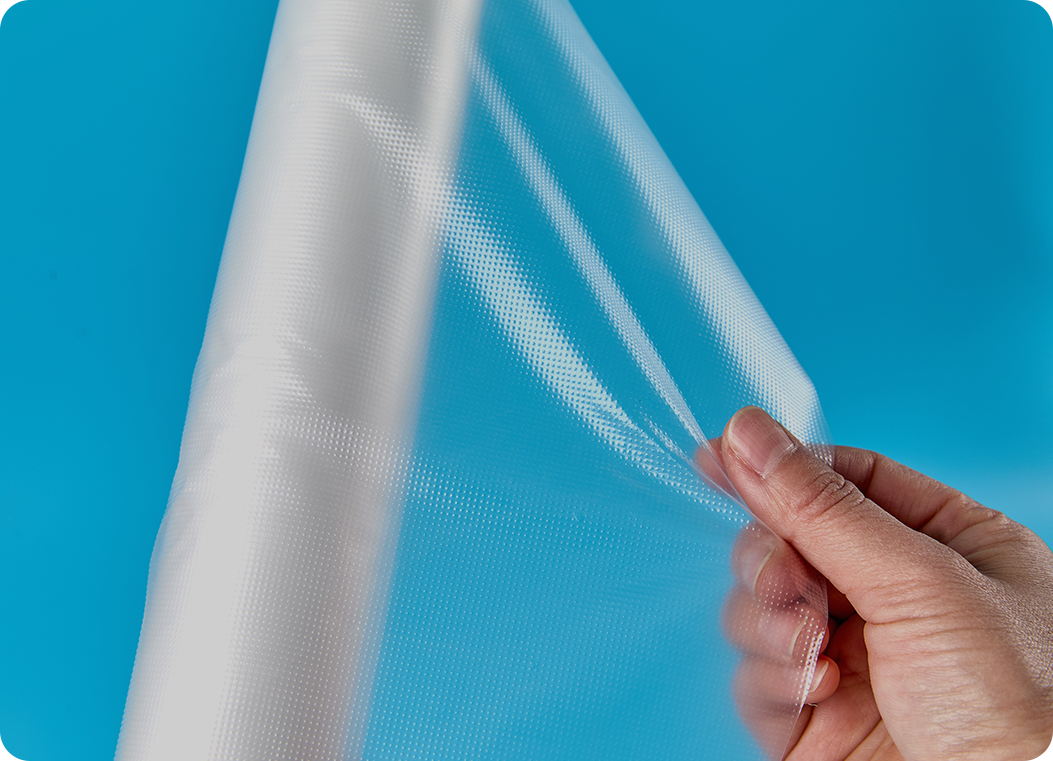
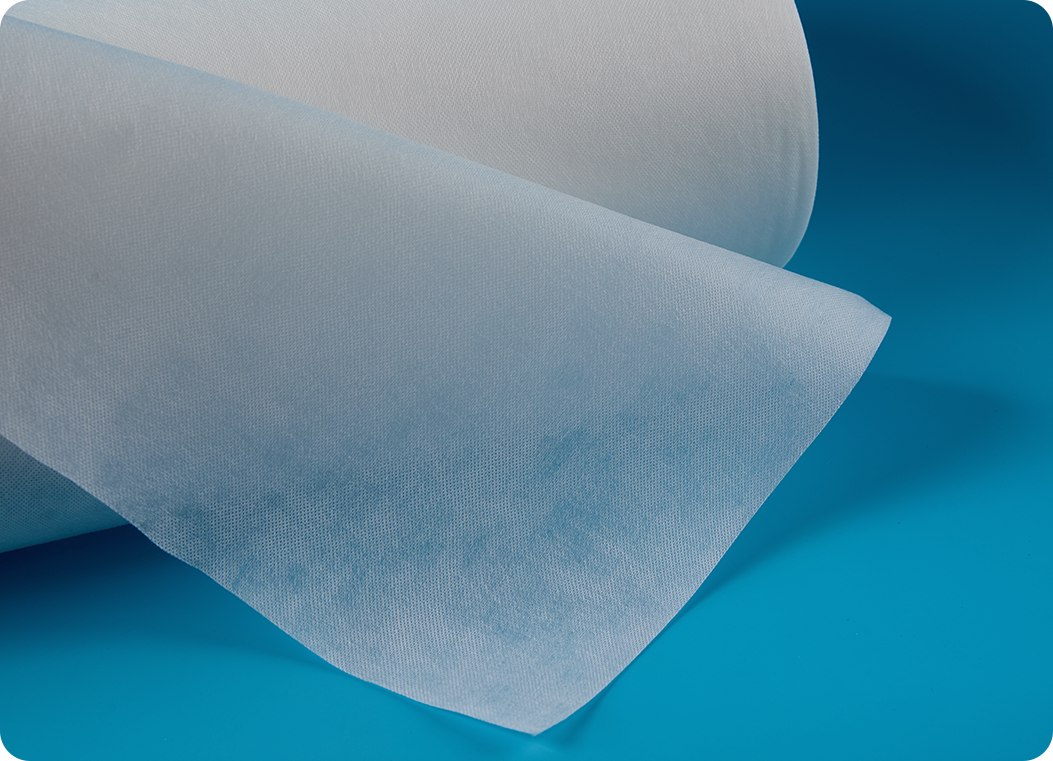
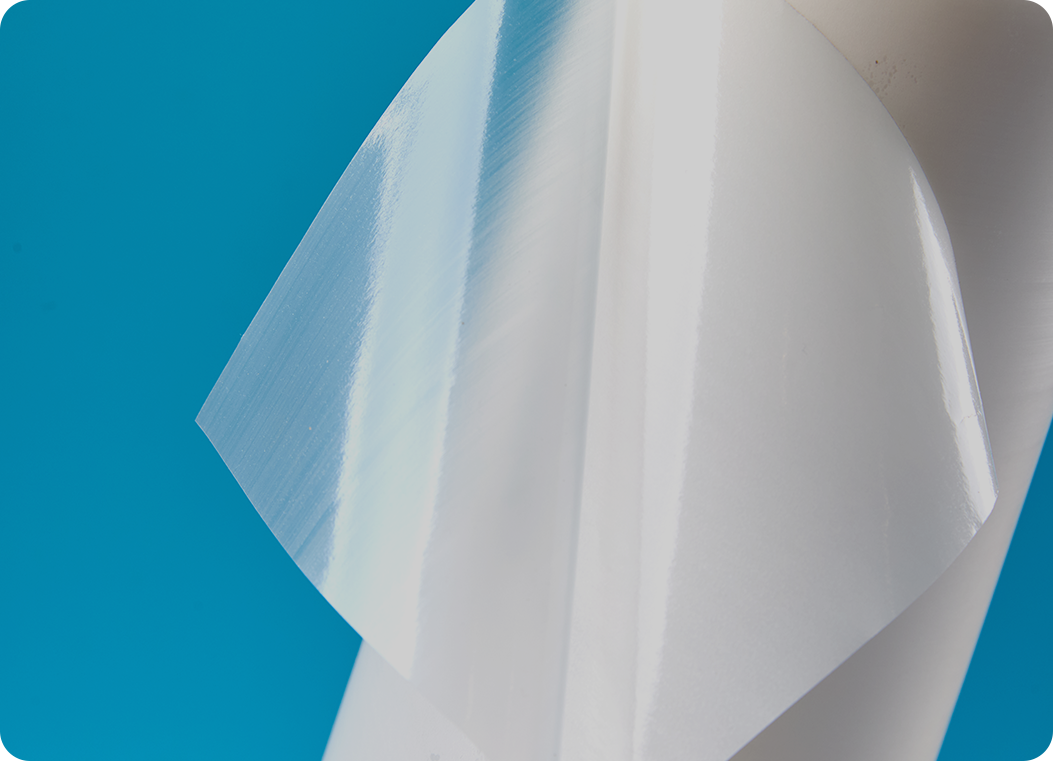
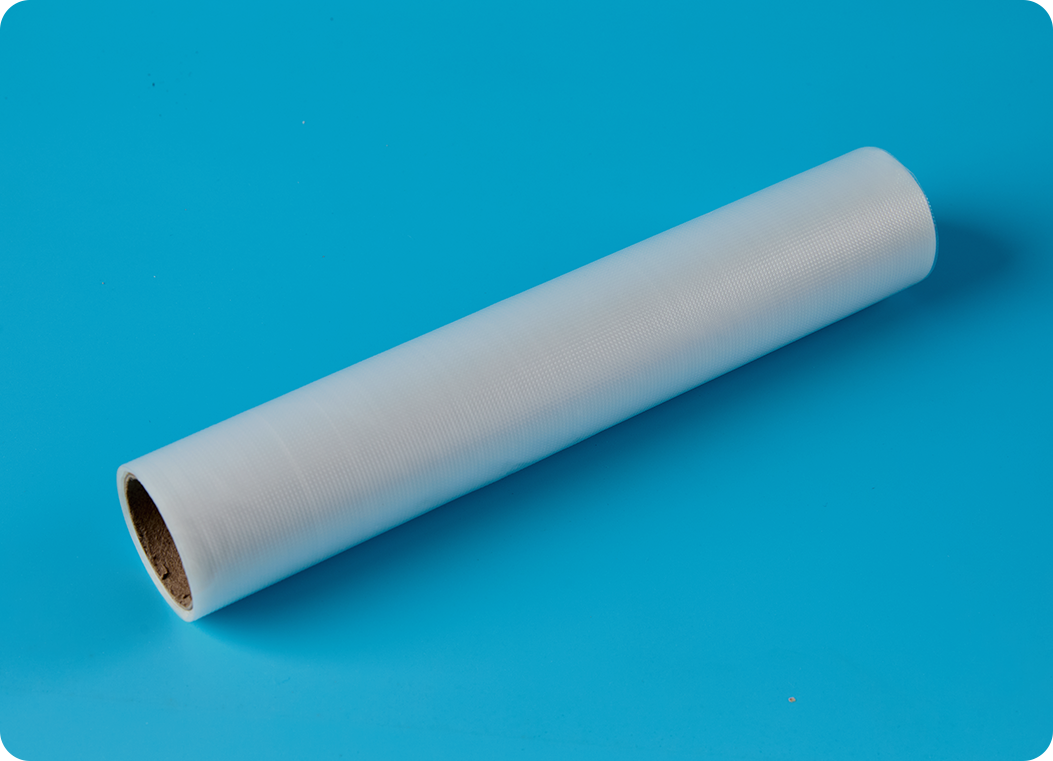
 English
English 中文简体
中文简体 Türk
Türk